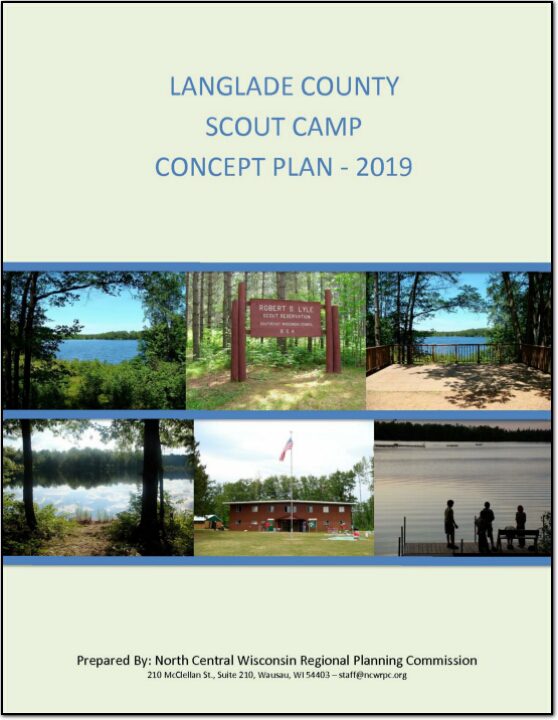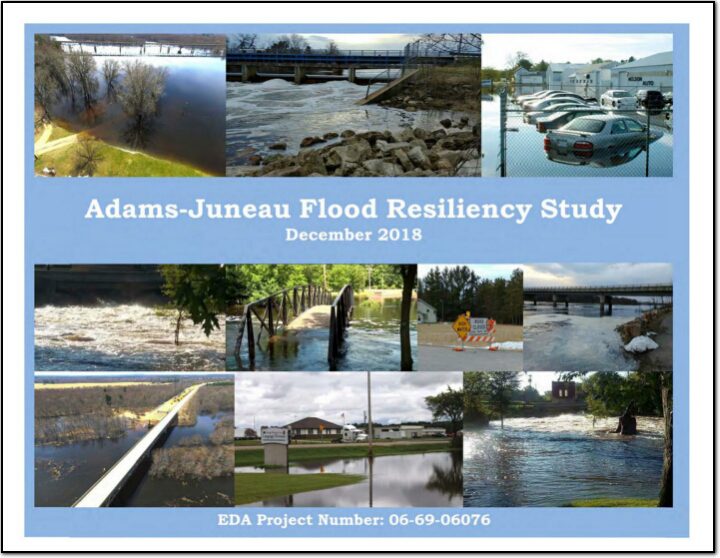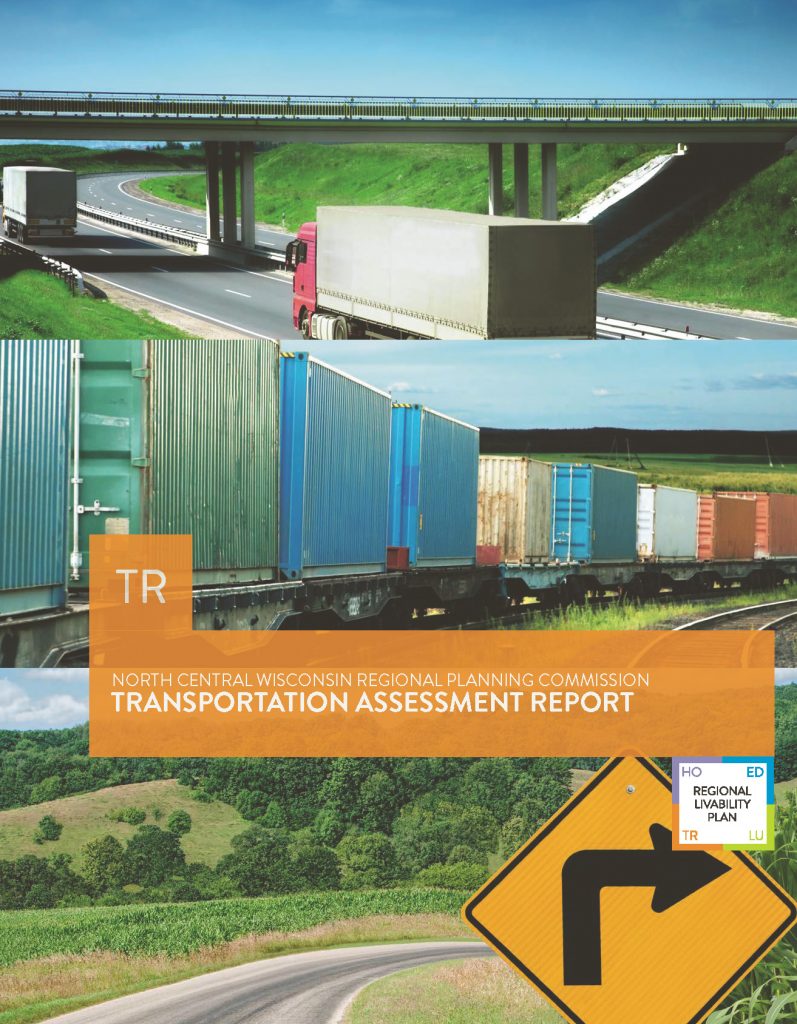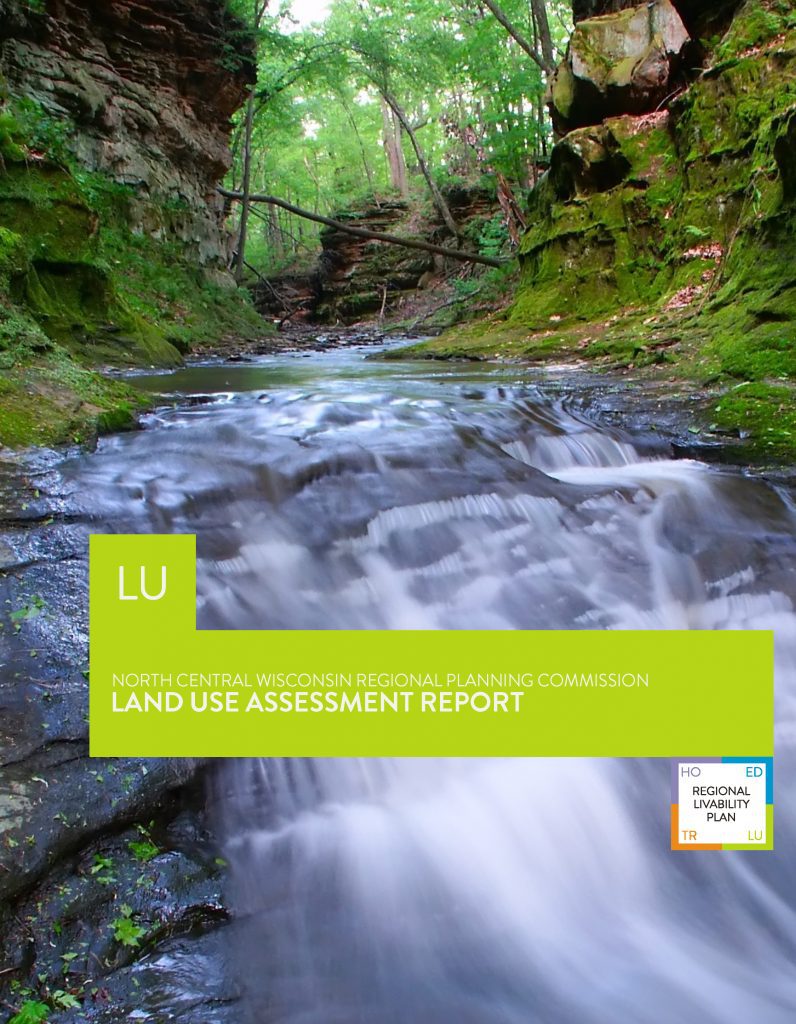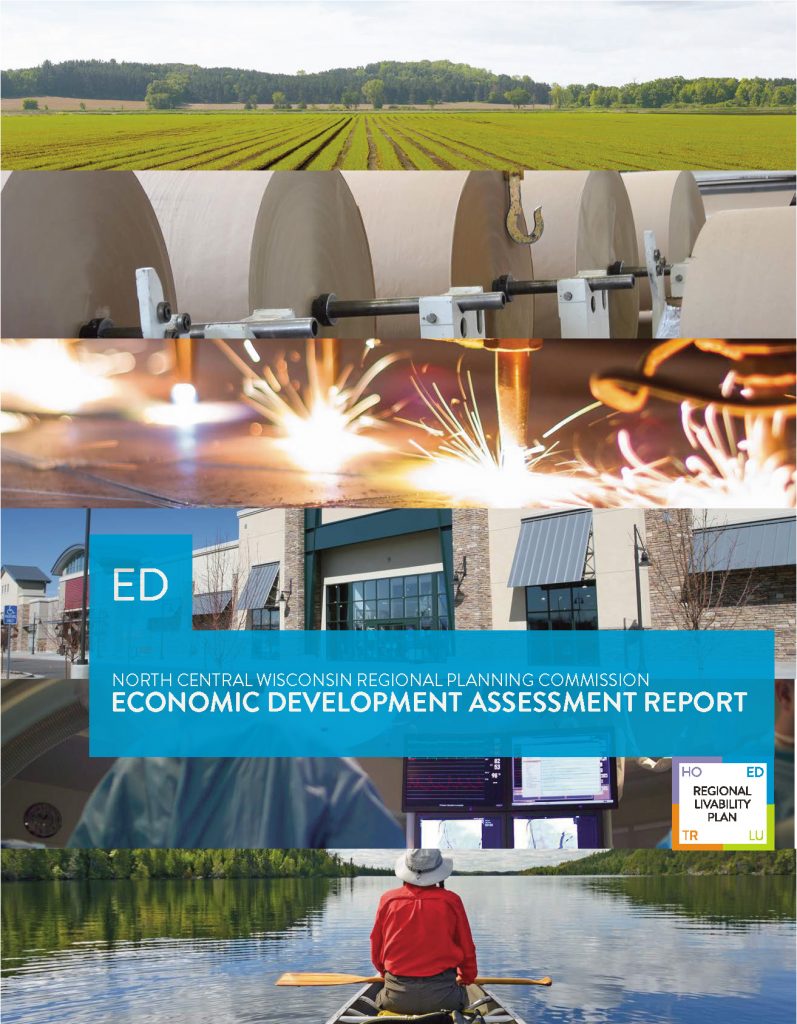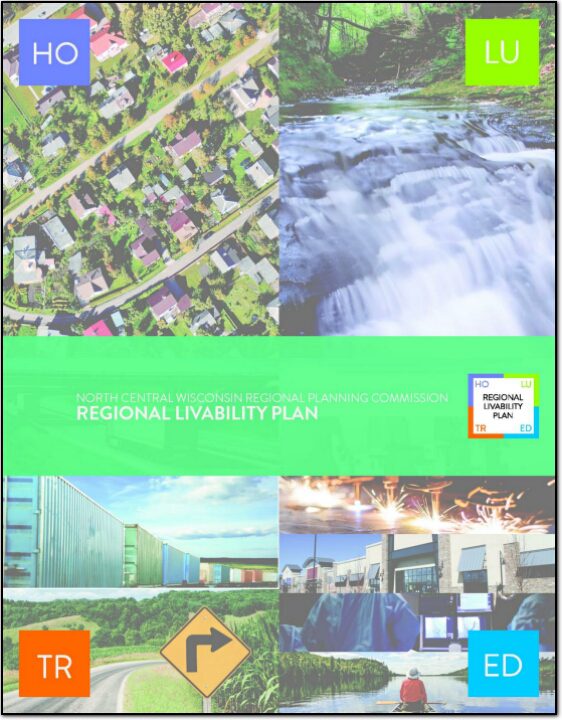NCWRPC began the process of updating its Regional Comprehensive Plan, formerly known as the Regional Livability Plan (2015), in April 2024. This document meets Wisconsin State Statutes 66.1001, which requires regional and local comprehensive plans to be updated every 10 years. This document guides the development of North Central Wisconsin and provides local comprehensive plans with data and strategies to address opportunities and issues facing the 10-county region. Below are meeting agendas and the most recent version of the plan’s draft chapters. Final review and adoption of the plan is expected to occur by late 2025.
Tentative Project Timeline
Click here to view
Agendas and Packets
Meeting 1: June 3, 2024 at 2:00 p.m.
Agenda / Packet
Meeting 1 Summary
Meeting 2: August 14, 2024 at 2:00 p.m.
Agenda / Packet
Meeting 2 Summary
Meeting 3: October 14, 2024 at 2:00 p.m.
Agenda / Packet
Meeting 3 Summary
Meeting 4: January 7, 2025 at 12:00 p.m.
Agenda / Packet
Meeting 4 Summary
Meeting 5: June 24, 2025 at 1:00 p.m.
Agenda / Packet
Meeting 5 Summary
For questions or a link to attend virtual meetings, contact Sam Wessel at swessel@ncwrpc.org
